I2C Protocol
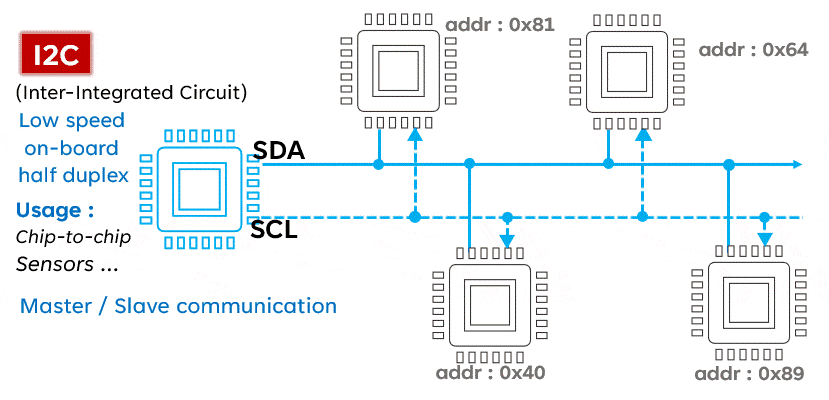
-
Multi-device support: I2C supports multiple devices connected to the same bus, each with a unique address. -
Simple: The I2C protocol is relatively simple and easy to implement and debug. -
Low power consumption: In idle state, devices on the I2C bus can enter low-power mode, saving energy.
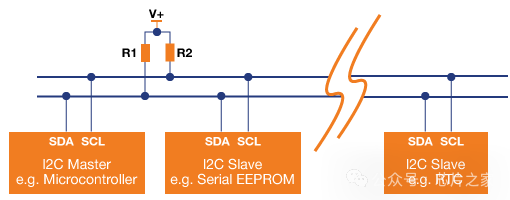
-
Slow speed: I2C communication speed is relatively low, suitable for low-speed devices. -
Limited: The bus length and number of devices in I2C are limited; a long bus may lead to communication issues. -
Conflicts: When multiple devices attempt to send data simultaneously, conflicts may occur, requiring additional conflict detection and handling mechanisms.
SPI Protocol
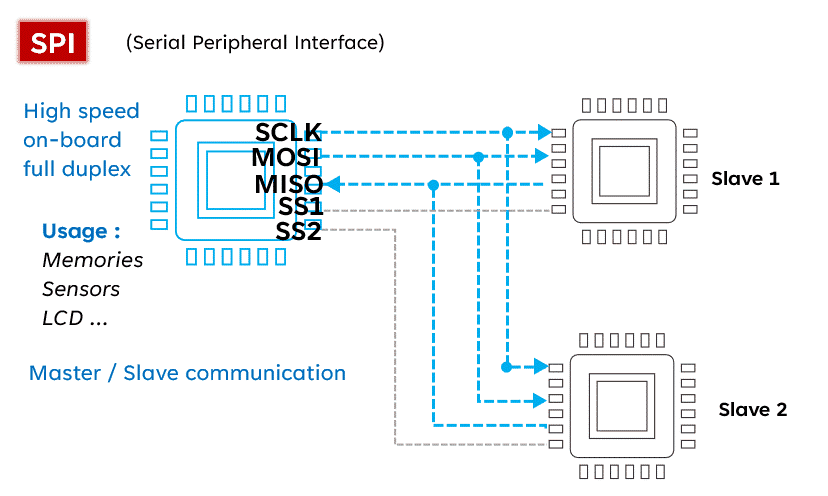
-
High speed: SPI communication speed is fast, suitable for applications that require high speed. -
Full-duplex: SPI supports full-duplex communication, allowing simultaneous data transmission and reception. -
Simple: The SPI communication protocol is relatively simple, suitable for rapid development and implementation.
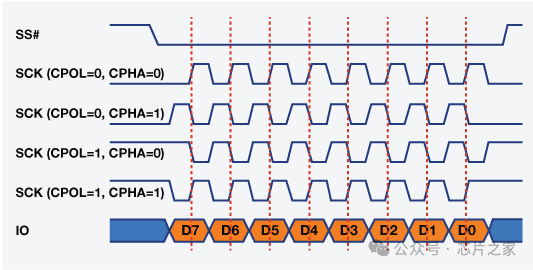
-
Complex wiring: SPI requires multiple wires for connection, which may increase the complexity of hardware design. -
Limited long-distance transmission: The transmission distance of SPI is limited; overly long lines may lead to signal attenuation and interference. -
Master-slave mode limitations: SPI typically adopts a master-slave mode, limiting the number of master devices, making it unsuitable for multi-master device scenarios.
UART Protocol
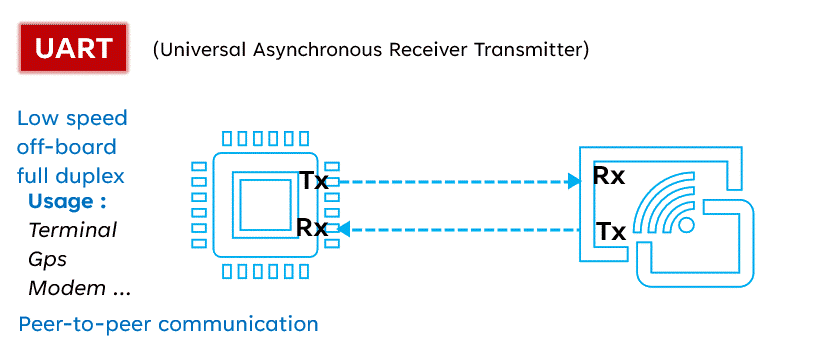

-
Simple: The UART communication protocol is relatively simple and easy to implement and debug. -
Wide applicability: UART is widely used for communication between various devices, offering good compatibility. -
Distance: UART communication can cover long distances, suitable for scenarios requiring long-distance transmission.
-
Low speed: UART communication speed is relatively low, unsuitable for applications requiring high speed. -
Duplex: UART communication is duplex, allowing for low-speed duplex data transmission for sending and receiving data. -
Unreliable: Due to UART being asynchronous communication, it may be affected by noise and interference, leading to unreliable data transmission.
-
Connection between microcontrollers and peripherals: Used for simple direct data exchange. -
GPS modules and serial interfaces with computers: Used for reliable, low-complexity communication. -
Industrial machines: UART is commonly used in industrial equipment for stable communication. -
Using RS standards (e.g., RS-232, RS-485): These standards support longer-distance UART communication and provide the possibility of creating multi-slave networks with appropriate transceivers, thereby increasing the flexibility and breadth of UART applications.
-
Communication speed: SPI offers high speed, UART offers high flexibility, and I2C is suitable for low-speed requirements with simple wiring. -
Circuit design: I2C allows efficient space management for multiple devices, SPI achieves performance in large designs, while UART provides simplicity and versatility. -
Distance and communication environment: UART is stable over long distances, while I2C is better suited for short distances. -
Duplex requirements: SPI and UART provide full-duplex capabilities, while I2C is limited to half-duplex.
Conclusion
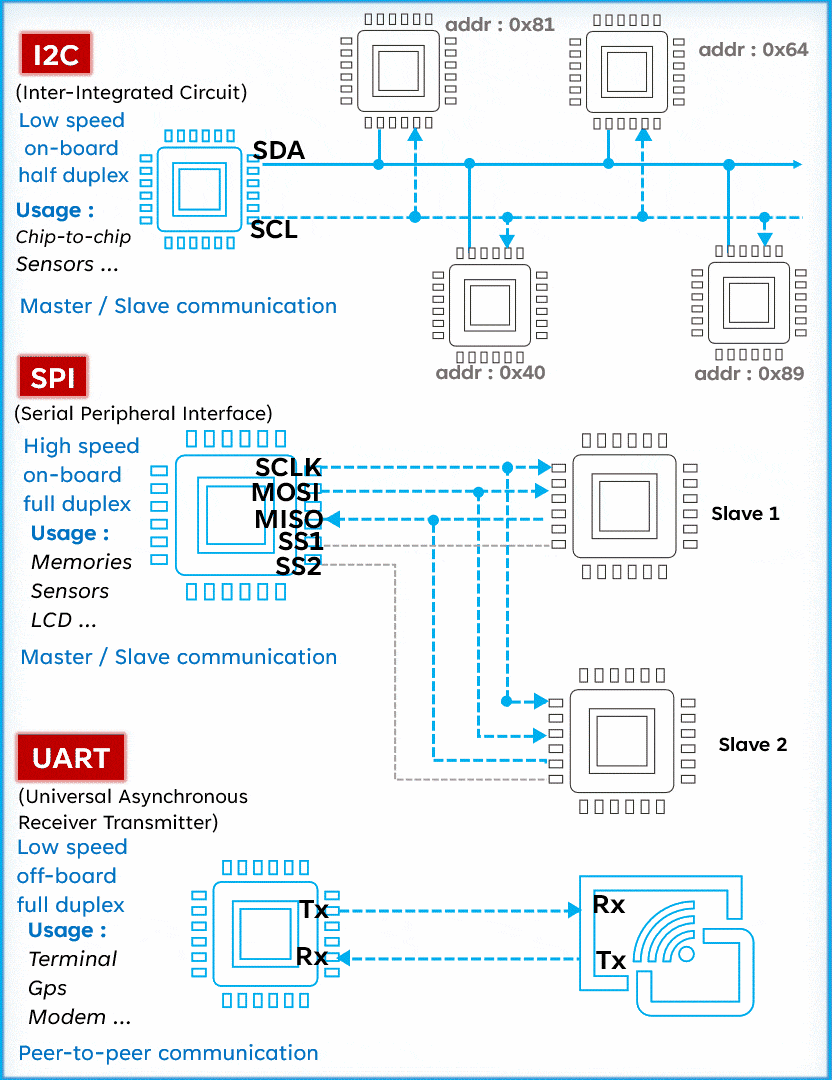
Previous Recommendations
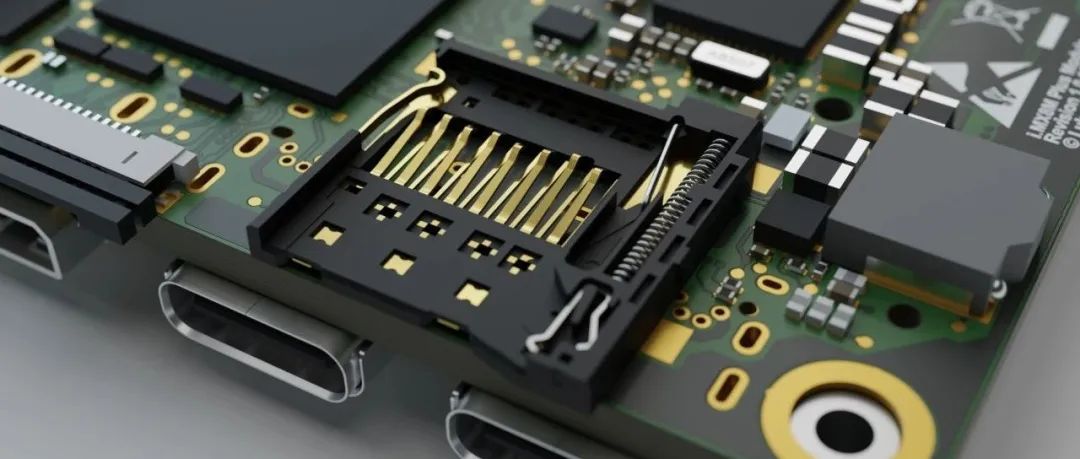
Marble marble clock, ESP32 web oscilloscope, PD reflow soldering station, ink screen Apple to-do list (Issue 20)
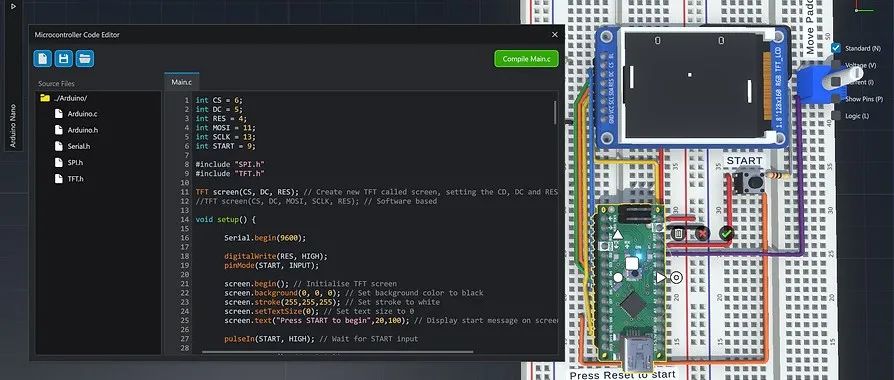
25 electronic circuit simulation software collection, some free and some paid, there’s always one that suits you!
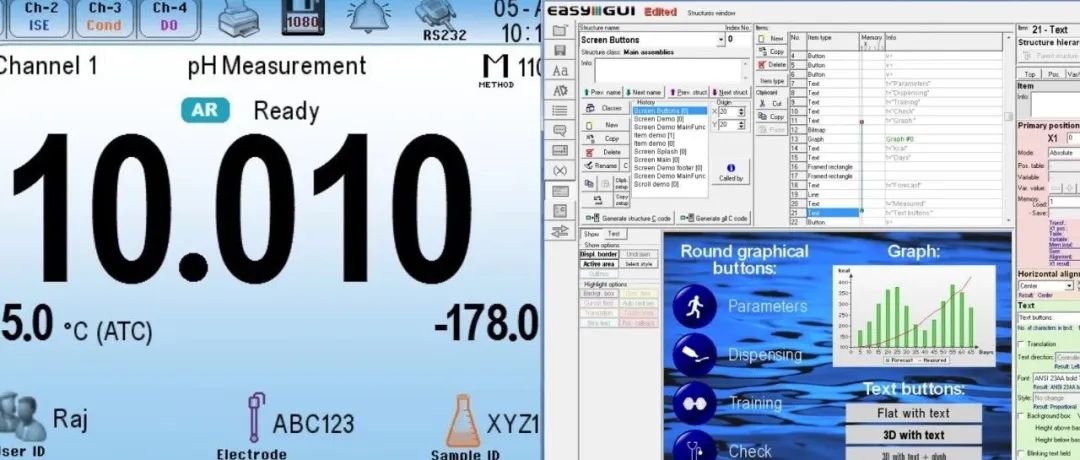
Top 15 graphic GUI libraries for MCU: Choose the best GUI for you (Part 3)
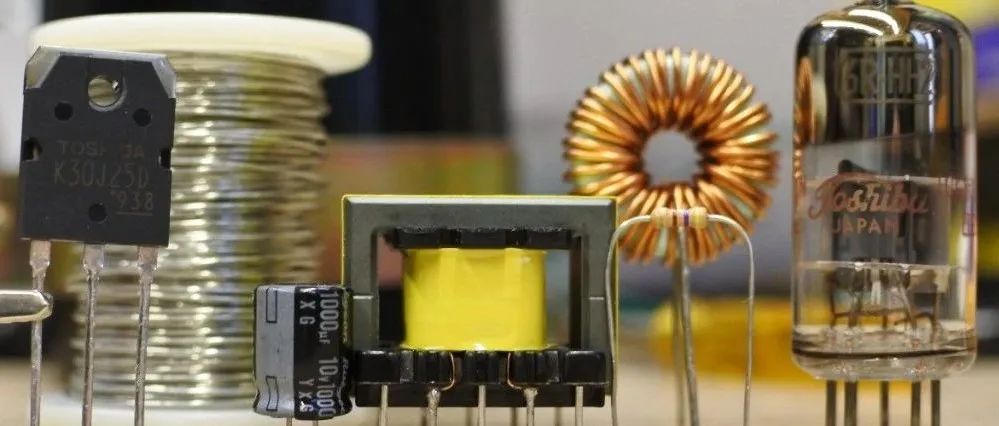
20 classic and clever circuits in actual hardware design, with analysis, save to read slowly! (Part 2)